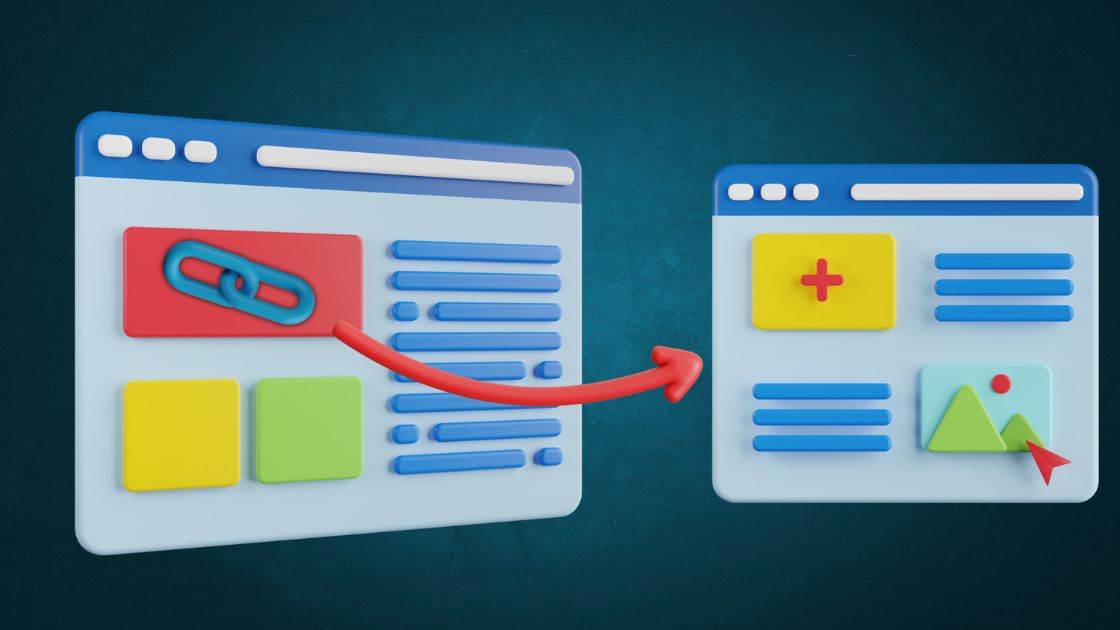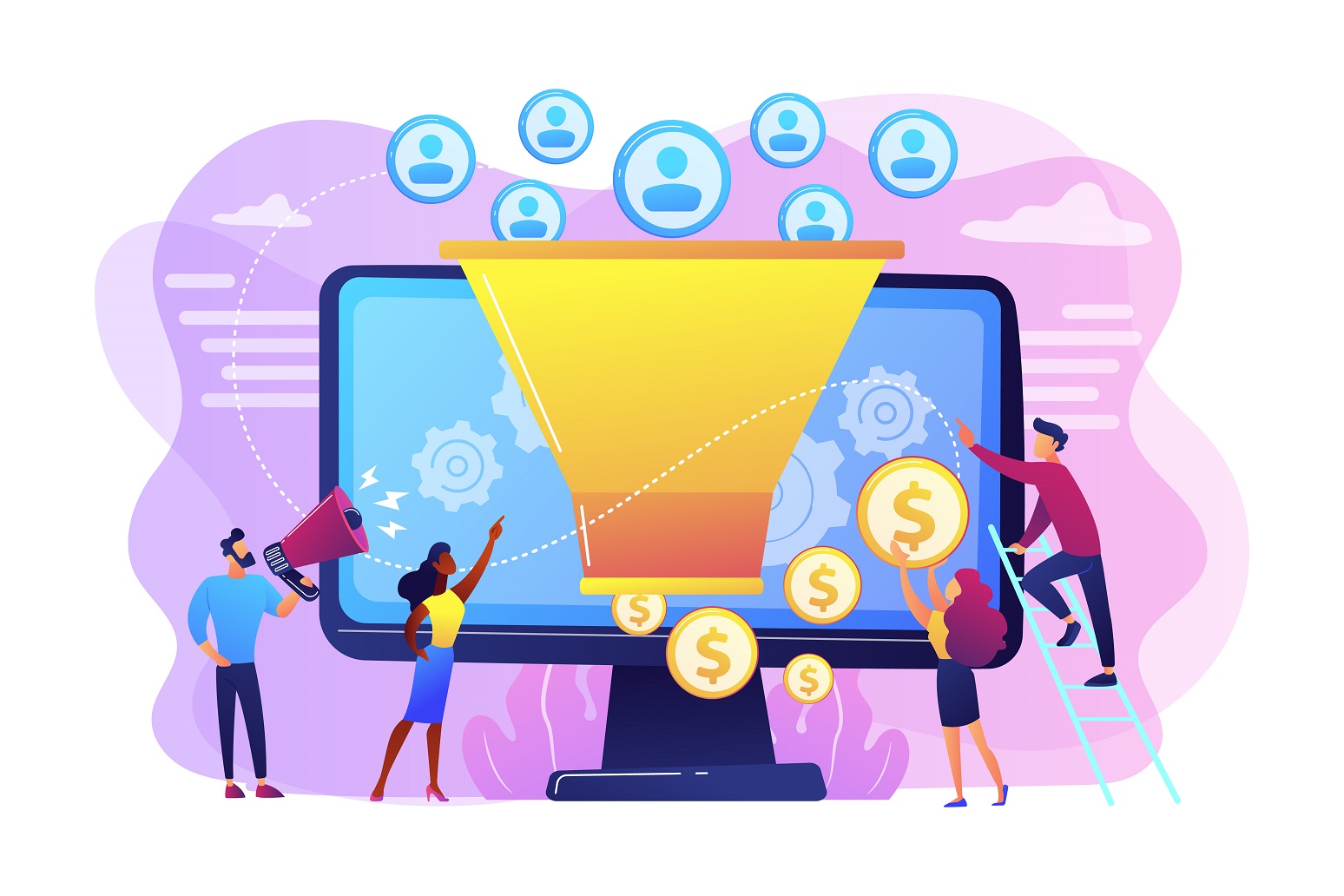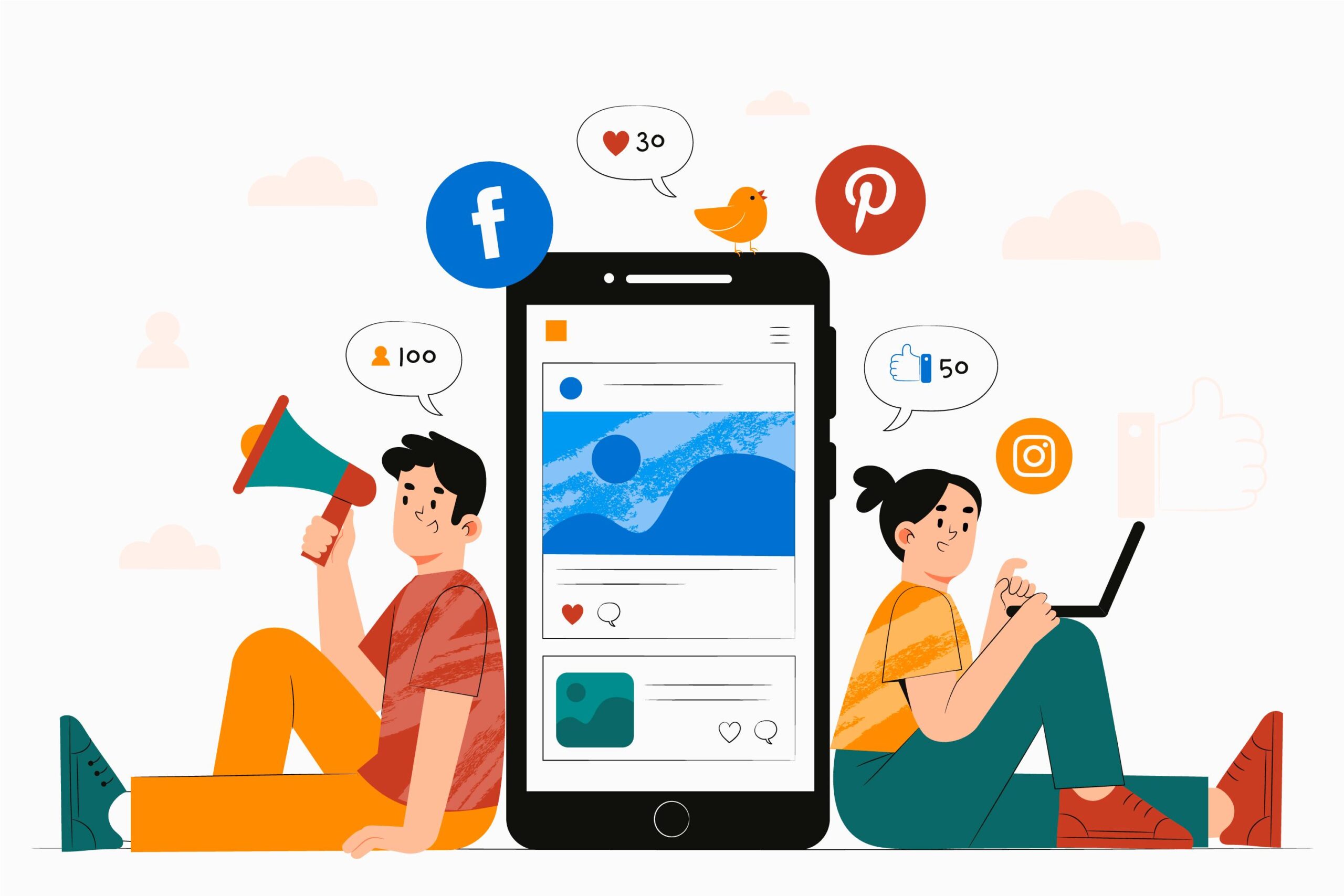Introduction
In today’s digital age, brands are no longer limited to a single channel of communication with their customers. With the rise of social media, mobile apps, and e-commerce platforms, customers are interacting with brands across multiple channels, both online and offline. As a result, brands are adopting new marketing strategies to engage with their customers across all touchpoints, creating a seamless user experience and driving revenue. One such approach is omnichannel marketing, which has become increasingly popular in recent years. In this article, we’ll explore what omnichannel marketing is, the difference between multichannel and omnichannel, the benefits of using an omnichannel approach, how to leverage omnichannel marketing, and some examples of brands that have successfully implemented omnichannel strategies.

What is Omnichannel Marketing?
Omnichannel marketing is an approach to marketing that involves creating a cohesive brand strategy across multiple channels and touchpoints. It’s a strategy that aims to provide a seamless user experience across all channels, whether online or offline and create a consistent message throughout the customer journey.
In the past, brands used a multichannel marketing approach, which involved using various channels to reach their customers. For example, they may have used television ads, email marketing, and social media campaigns to reach their audience. However, each channel was treated as a separate entity, with its own goals and strategies. There was little or no coordination between channels, which often led to a disjointed customer experience.
What’s the Difference Between Multichannel vs Omnichannel?
The key difference between multichannel and omnichannel is the level of integration and coordination between channels. With multichannel marketing, each channel operates independently, with its own set of goals and strategies. In contrast, omnichannel marketing involves creating a seamless user experience across all channels, with a consistent message and brand identity.
Multichannel
Multichannel marketing involves using multiple channels to reach customers. Brands may use social media, email marketing, television ads, and other channels to reach their audience. However, each channel is treated as a separate entity, with its own goals and strategies. There is little or no coordination between channels, which can lead to a disjointed customer experience.
Omnichannel
Omnichannel marketing, on the other hand, involves creating a cohesive brand strategy across multiple channels and touchpoints. It aims to provide a seamless user experience across all channels, whether online or offline and create a consistent message throughout the customer journey. The focus is on creating a unified customer experience that builds brand loyalty and drives revenue.
The Benefits of Using an Omnichannel Approach
There are several benefits of using an omnichannel marketing approach. These include:
- A Better User Experience
One of the primary benefits of using an omnichannel approach is that it provides a better user experience. Customers today expect a seamless experience across all channels, whether they’re browsing on their phones or shopping in-store. An omnichannel approach ensures that customers can interact with a brand in a way that’s convenient for them, whether that’s online or offline.
- Cohesive Brand Strategy & Identity
Another benefit of using an omnichannel approach is that it helps create a cohesive brand strategy and identity. By creating a consistent message and brand identity across all channels, brands can build a stronger connection with their customers and create a more memorable brand experience.
- Increased Revenue
An omnichannel approach can also lead to increased revenue. By providing a better user experience and creating a cohesive brand strategy, brands can build stronger customer relationships, which can lead to increased sales and revenue.
- Better Attribution Data
Finally, an omnichannel approach can provide better attribution data. By tracking customer interactions across all channels, brands can gain a better understanding of how each channel contributes to the customer journey and make more informed marketing decisions.
- What is Omnichannel Attribution?
Omnichannel attribution is the process of tracking customer interactions across multiple channels and touchpoints to understand how each channel contributes to the customer journey. By using omnichannel attribution, brands can gain a better understanding of which channels are most effective at driving customer engagement and revenue.
Steps for Leveraging Omnichannel Marketing
To effectively leverage omnichannel marketing, brands need to take several steps:
- Data Collection
The first step in leveraging omnichannel marketing is to collect data on customer interactions across all channels. This may involve using tools like Google Analytics, customer relationship management (CRM) software, or point-of-sale (POS) systems to track customer interactions and behaviour.
- Data Analysis
Once data has been collected, the next step is to analyze it to gain insights into customer behaviour and preferences. This may involve using data visualization tools, statistical analysis, or machine learning algorithms to identify patterns and trends in customer data.
- Customer Journey Mapping
Another important step in leveraging omnichannel marketing is to create customer journey maps. Customer journey maps help brands understand the various touchpoints that customers encounter throughout their journey, from initial awareness to post-purchase support. By mapping out these touchpoints, brands can identify areas where the customer experience can be improved and create a more seamless user experience.
- Brand Guidelines
To ensure a cohesive brand identity across all channels, brands need to develop clear brand guidelines that outline the tone, messaging, and visual identity of the brand. These guidelines should be shared with all stakeholders, including marketing teams, designers, and customer service representatives, to ensure that everyone is aligned on the brand strategy.
- Testing / Optimization
Finally, brands should continually test and optimize their omnichannel marketing campaigns. This may involve A/B testing different messaging or visuals on different channels or experimenting with different customer engagement strategies to see what works best.
Examples of Omnichannel Marketing
Several brands have successfully leveraged omnichannel marketing to create a seamless user experience and drive revenue. Here are a few examples:
- Starbucks
Starbucks is a great example of a brand that has successfully implemented an omnichannel marketing strategy. The coffee giant has created a mobile app that allows customers to order ahead and pay for their drinks using their phones. This app is integrated with the Starbucks Rewards program, which provides customers with personalized offers and discounts based on their purchase history. In addition, Starbucks has a strong social media presence, with accounts on Instagram, Twitter, and Facebook that engage with customers and promote new products.
- Walgreens
Walgreens is another brand that has successfully implemented an omnichannel marketing strategy. The pharmacy chain has created a mobile app that allows customers to refill prescriptions, order photos, and shop for products online. In addition, Walgreens has a strong social media presence, with accounts on Facebook, Twitter, and Instagram that engage with customers and promote new products. Walgreens also offers a loyalty program that provides customers with personalized offers and discounts based on their purchase history.
- Timberland
Timberland is a brand that has successfully integrated its online and offline channels to create a seamless user experience. The company’s website allows customers to browse products and make purchases online, while its physical stores provide customers with personalized recommendations and in-store experiences. Timberland also has a strong social media presence, with accounts on Instagram, Twitter, and Facebook that engage with customers and promote new products.
Industries Applying Omnichannel Tactics
Omnichannel marketing applies to many different industries, including:
- Retail
Retailers have been at the forefront of omnichannel marketing, as they seek to create a seamless user experience across their online and offline channels. Retailers use a variety of tactics, including mobile apps, loyalty programs, and personalized offers, to engage with customers and drive revenue.
- Healthcare
Healthcare providers are also beginning to embrace omnichannel marketing as a way to improve patient engagement and outcomes. For example, some providers are using mobile apps to schedule appointments, refill prescriptions, and communicate with patients. Others are using social media to educate patients on health topics and promote wellness programs.
- Automotive
Automotive companies are using omnichannel marketing to create a seamless user experience across their online and offline channels. For example, some companies are using virtual reality technology to allow customers to explore cars online, while others are using social media to engage with customers and promote new models.
- Financial Services
Financial services companies are using omnichannel marketing to create a seamless user experience across their online and offline channels. For example, some banks are using mobile apps to allow customers to check their account balances, transfer funds, and pay bills. Others are using social media to engage with customers and provide financial education. In addition, some financial services companies are using chatbots and virtual assistants to provide personalized customer support.
Conclusion
Omnichannel marketing is a powerful approach to engaging with customers and driving revenue. By creating a seamless user experience across all channels, brands can increase customer satisfaction, loyalty, and profitability. To effectively leverage omnichannel marketing, brands should collect and analyze data from all channels, map out the customer journey, develop clear brand guidelines, and continually test and optimize their marketing campaigns. Industries that are currently applying omnichannel tactics include retail, healthcare, automotive, and financial services.






